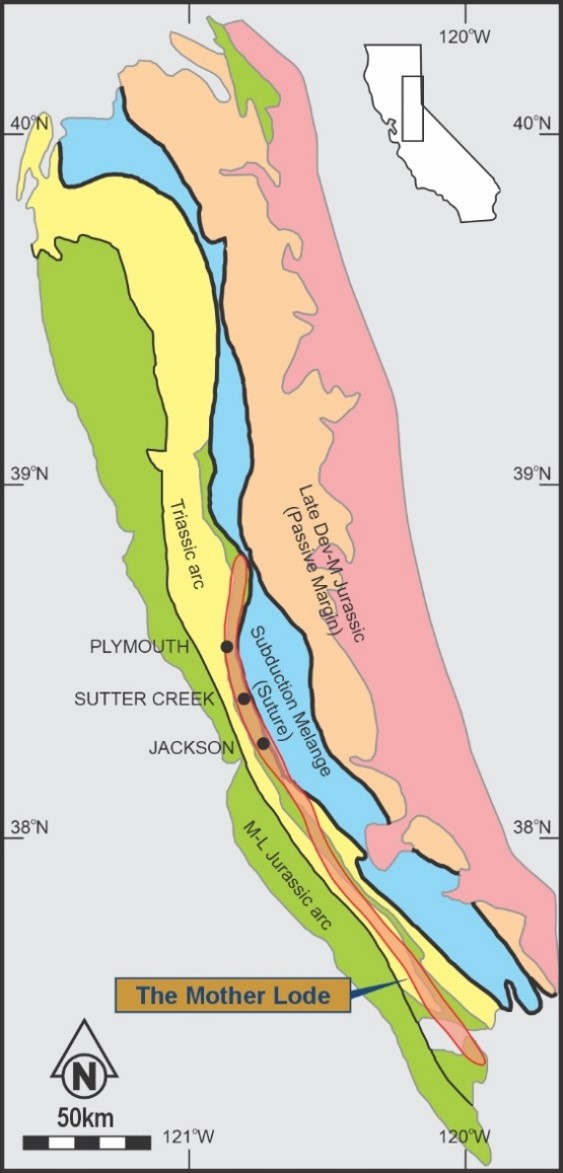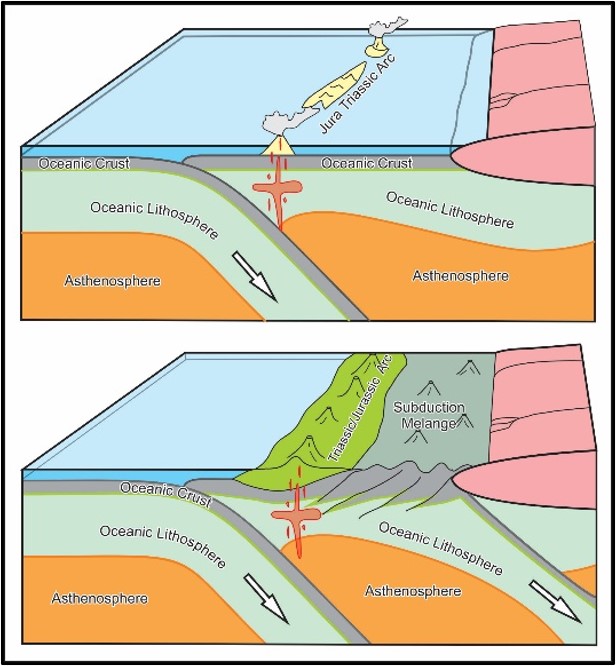Longitudinal section from Jackson in the south to Plymouth in the north, looking west.
Mother Lode
The Mother Lode is one of the world's most famous gold-producing belts.


During the Californian Gold Rush, it was the primary source of hard rock gold production, producing more than 13 million ounces of gold in the century following the start of the gold rush at Sutter Creek in 1848.
There has been no exploration in the eight decades since the outbreak of WWII, with the exception of the limited exploration that discovered the Lincoln-Comet orebody in the mid 1980s. As a result, the Mother Lode is primed for the discovery of multi-million-ounce gold reserves.
The Mother Lode is poised to replicate the resource growth seen in Western Australia’s Eastern Goldfields of the Yilgarn, one of the world’s premier gold producing terranes, after 1990.
Seduli owns a contiguous package of mineral rights that spans 5 kilometres, or half of the most productive Mother Lode segment between Jackson and Plymouth. 50% of total output – Mother Lode’s most productive segment. This 10 km segment produced 75% of the Mother Lode’s gold production, or 10 million ounces, and is distinguished by a left lateral bend from north-south to northwest striking. At a gold price of $20 per ounce, the average gold grade of ore mined on the Mother Lode was 11 g/t, or $8 per tonne. The Lincoln Mine is the existing resource that is open below 150 metres. Historic mines along strike extend up to 1800m below the surface, as the Kennedy-Argonaut Mine near Jackson did, producing 2.8 million ounces of gold.
Seduli has a strategic advantage on the Mother Lode due to its dominant mineral rights position along half of the most productive portion of the belt and the fact that it is the only licenced mine.
